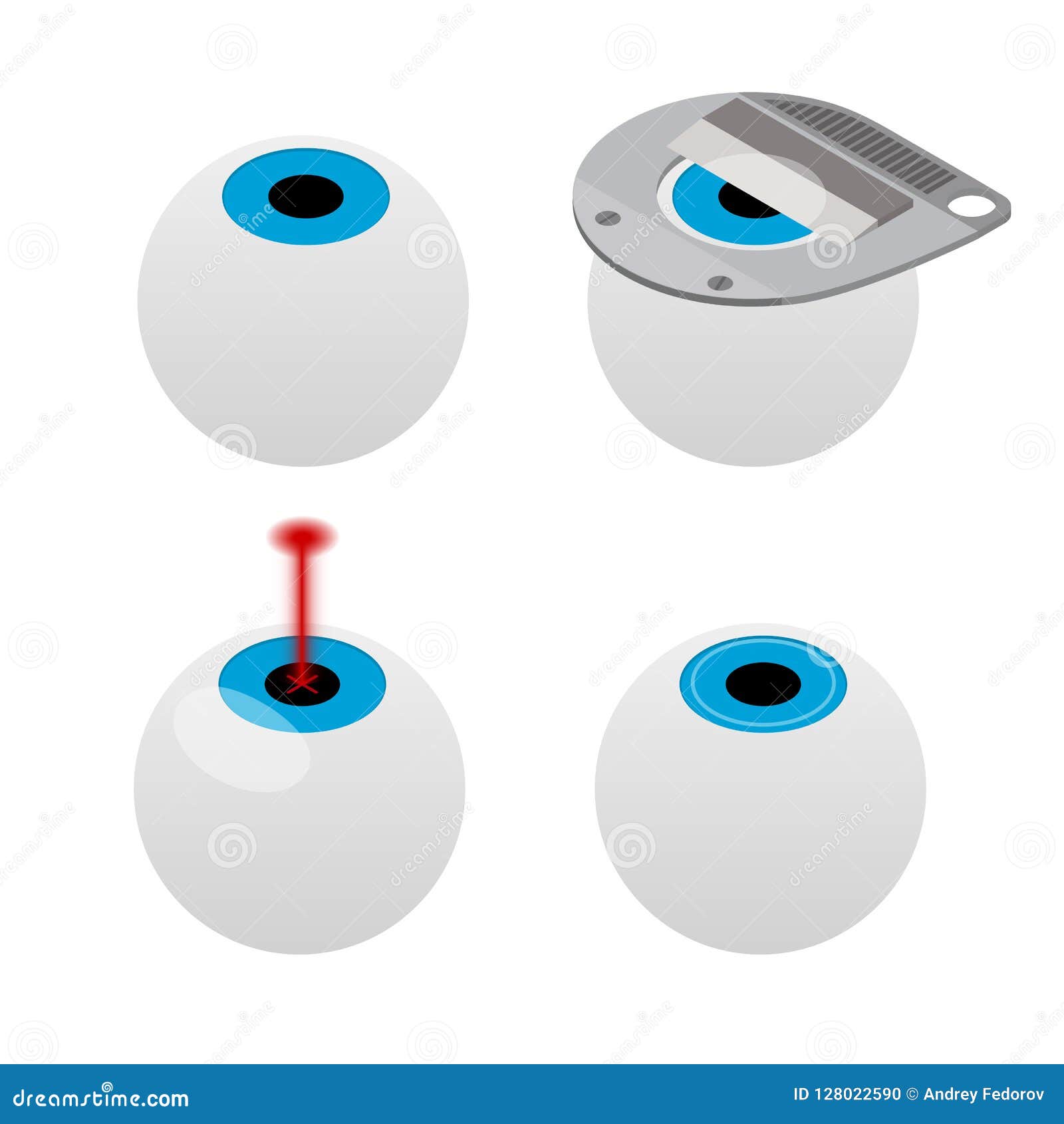Refractive Lens Exchange Explained: What Your Ophthalmologist Isn't Telling You
Refractive Lens Exchange Explained: What Your Ophthalmologist Isn't Telling You
Blog Article
Web Content Writer-Valentin Ludvigsen
Have you ever considered Refractive Lens Exchange (RLE) as a choice for vision improvement? While it isn't as commonly gone over as LASIK, RLE could be a game-changer for your vision. Many individuals overlook its benefits, thinking standard methods are their only selection. But what are the real advantages, and what might your optometrist not be telling you concerning this procedure? Allow's discover the ins and outs of RLE with each other.
Understanding Refractive Lens Exchange: The Fundamentals
Refractive lens exchange (RLE) is a procedure that can dramatically boost your vision, particularly if you're taking care of presbyopia or extreme refractive errors.
During RLE, your eye specialist eliminates your eye's all-natural lens and changes it with a synthetic one tailored to your vision requires. This procedure can deal with nearsightedness, farsightedness, and astigmatism, offering you clearer vision without relying upon glasses or contact lenses.
The surgical procedure is generally fast, taking less than an hour, and a lot of individuals experience very little discomfort. Healing is reasonably fast, allowing you to go back to your everyday tasks shortly after.
If you're taking into consideration RLE, talking to your optometrist can help you figure out if it's the right selection for you.
Trick Differences Between RLE and Typical Cataract Surgical Treatment
While both refractive lens exchange (RLE) and standard cataract surgery involve replacing the eye's natural lens, their main goals and individual accounts differ considerably.
RLE is focused on people looking for to minimize their dependancy on glasses or contact lenses due to refractive errors, frequently prior to cataracts develop. On the other hand, standard cataract surgical treatment normally targets individuals that have actually established cataracts, which cloud the lens and hinder vision.
The lenses utilized in RLE can provide a wider range of vision adjustment, while common cataract surgery usually entails standard monofocal lenses.
Additionally, RLE candidates are typically more youthful and in great overall wellness, whereas cataract people might be older and have other health and wellness concerns.
Choosing the right treatment depends upon your particular vision requirements and scenarios.
Potential Benefits and Considerations of RLE
If you're thinking about refractive lens exchange (RLE), you'll locate numerous prospective advantages that might enhance your lifestyle.
RLE can offer you with more clear vision, decreasing or getting rid of the need for glasses or get in touch with lenses. It uses a chance to resolve presbyopia and other refractive mistakes simultaneously, usually improving your overall visual acuity.
Furthermore, RLE can be a wonderful option if you're not an ideal candidate for LASIK. Nevertheless, it is necessary to evaluate the factors to consider, like the price, prospective dangers, and the recuperation duration.
Reviewing your details needs with your eye doctor can help you make an informed choice, guaranteeing you choose the very best path for your vision correction.
Conclusion
Finally, refractive lens exchange provides an one-of-a-kind service for vision improvement that goes beyond what LASIK can supply. It's necessary to weigh the advantages against prospective dangers and expenses prior to making a decision. Do not wait to ask your eye doctor the tough questions to guarantee you fully understand the procedure and its ramifications for your vision. With the right information, you can confidently pick the most effective choice for your eyes and way of life.
